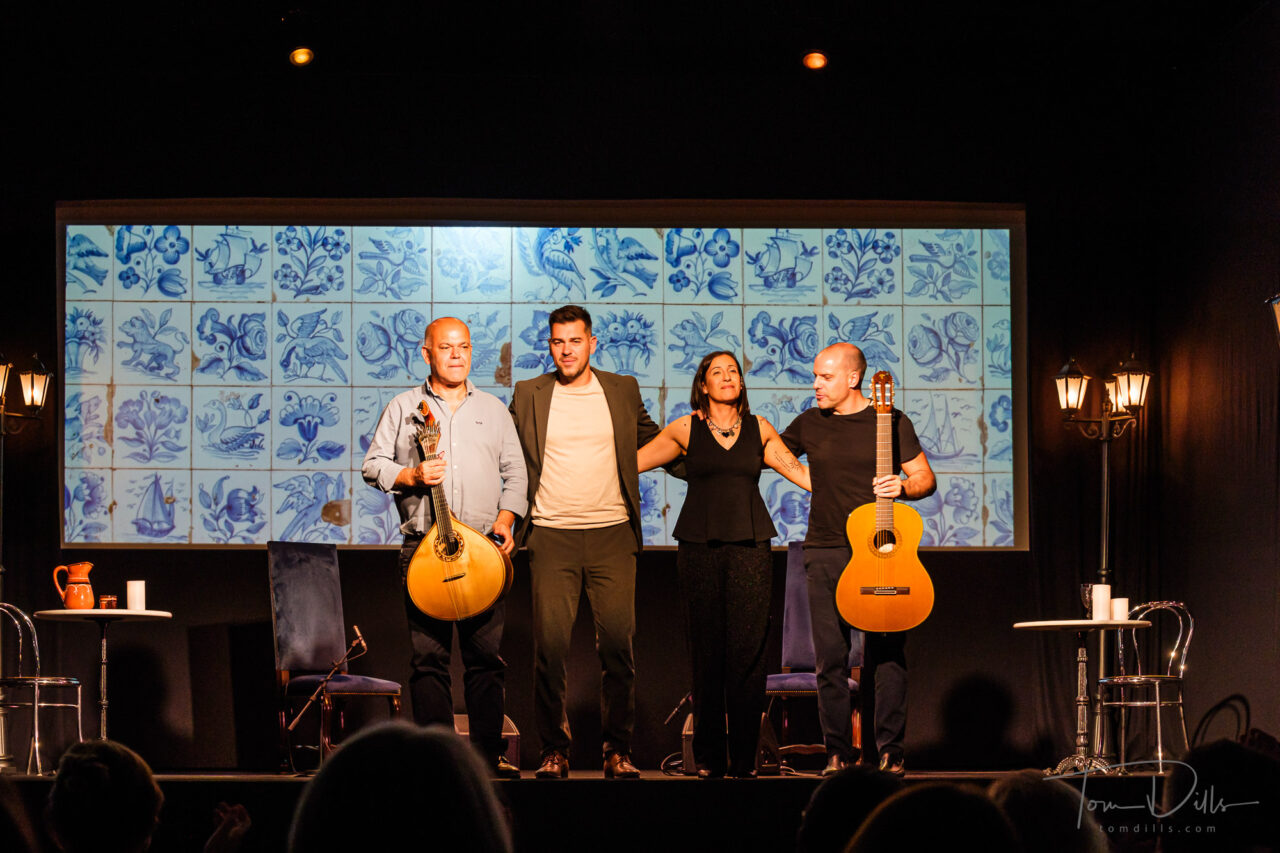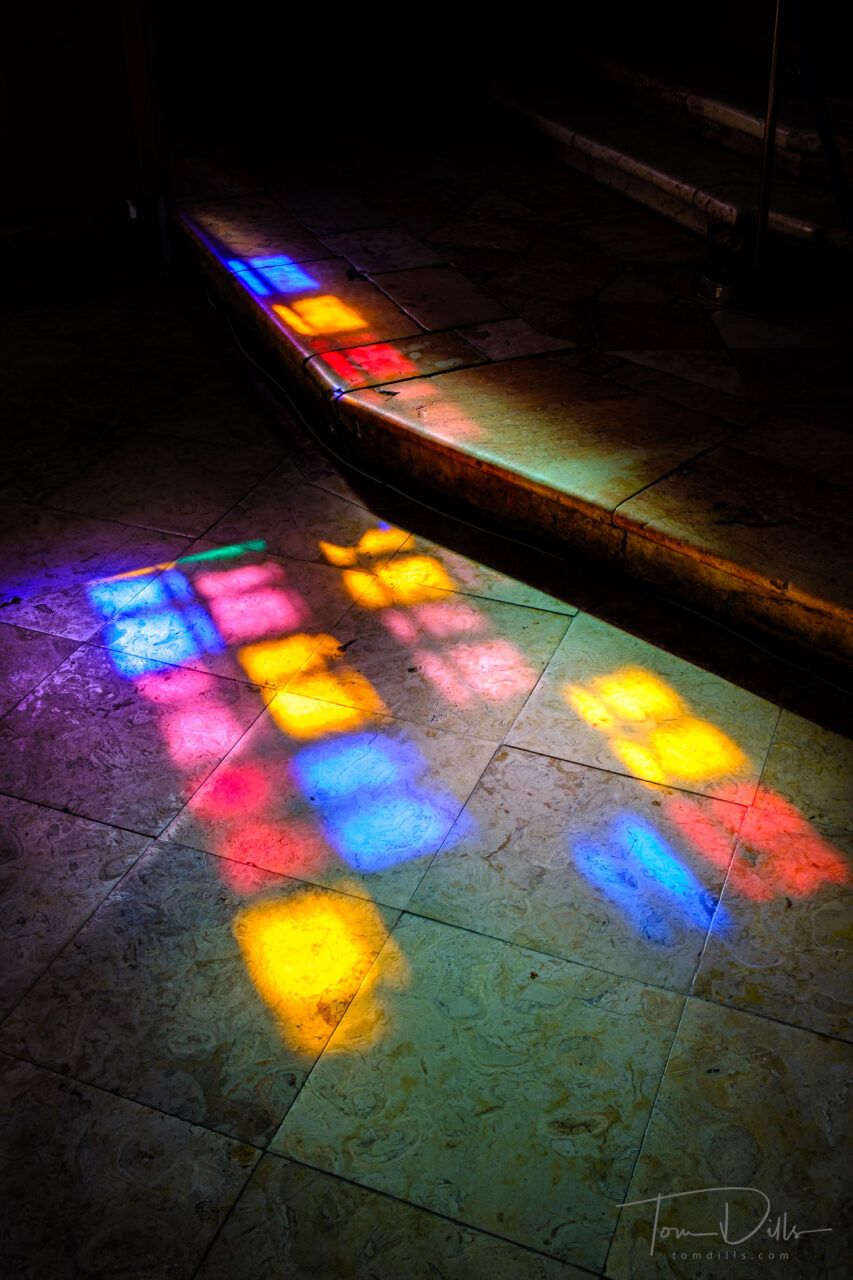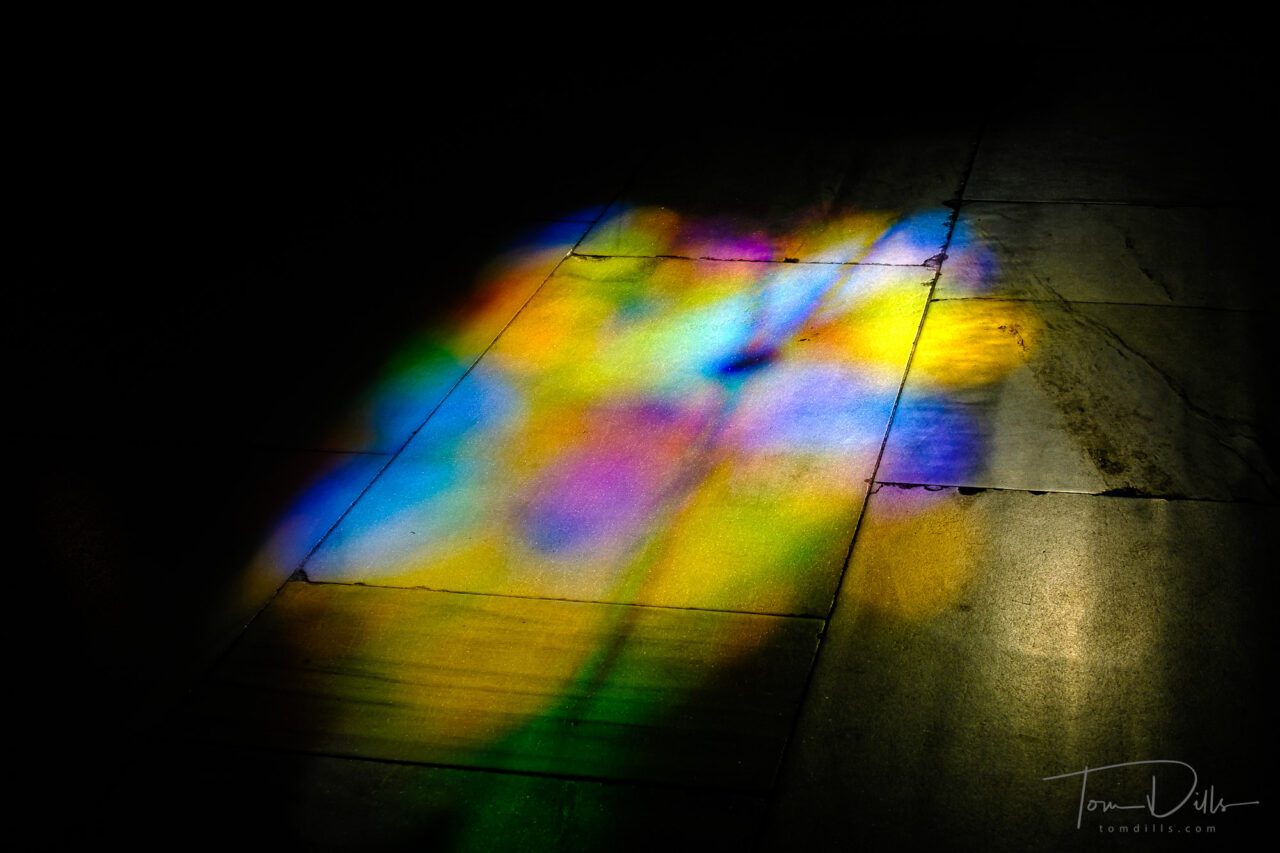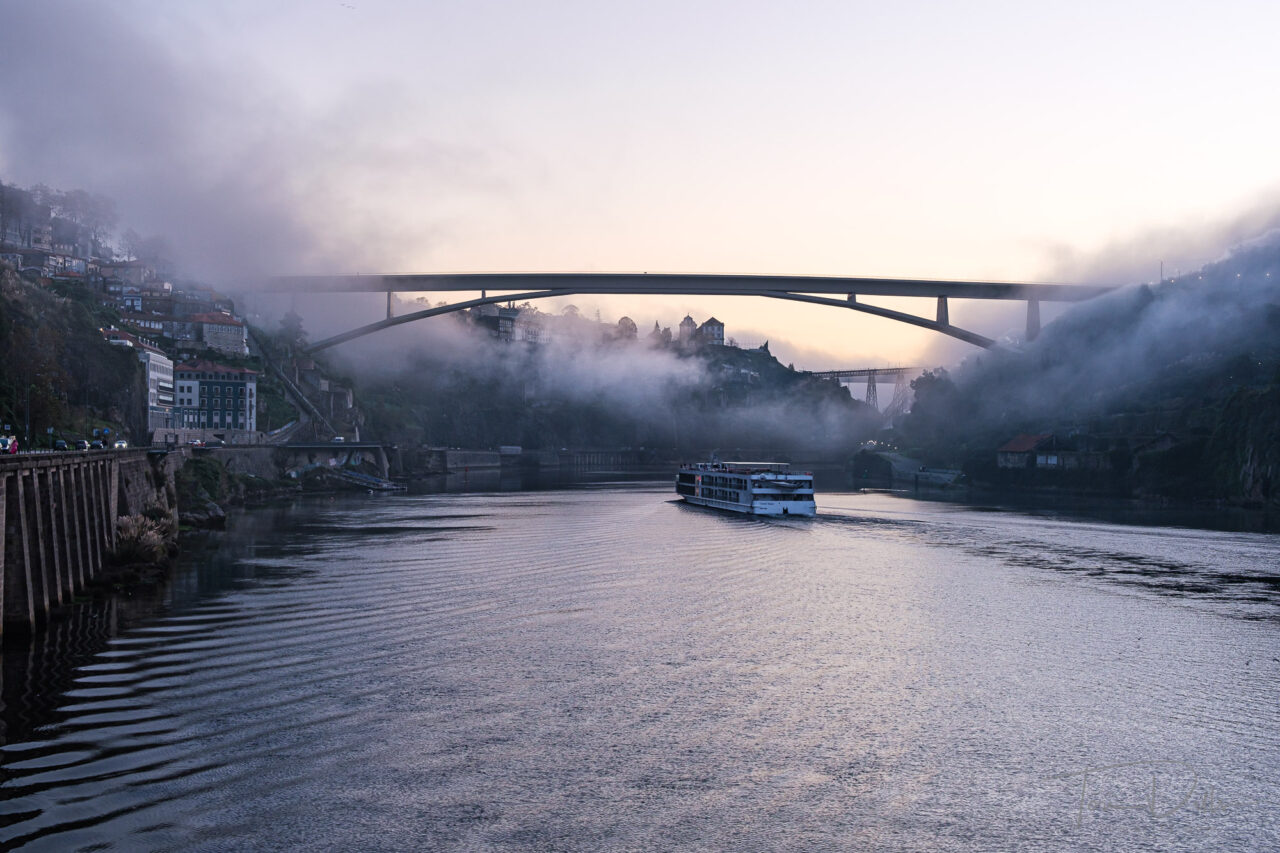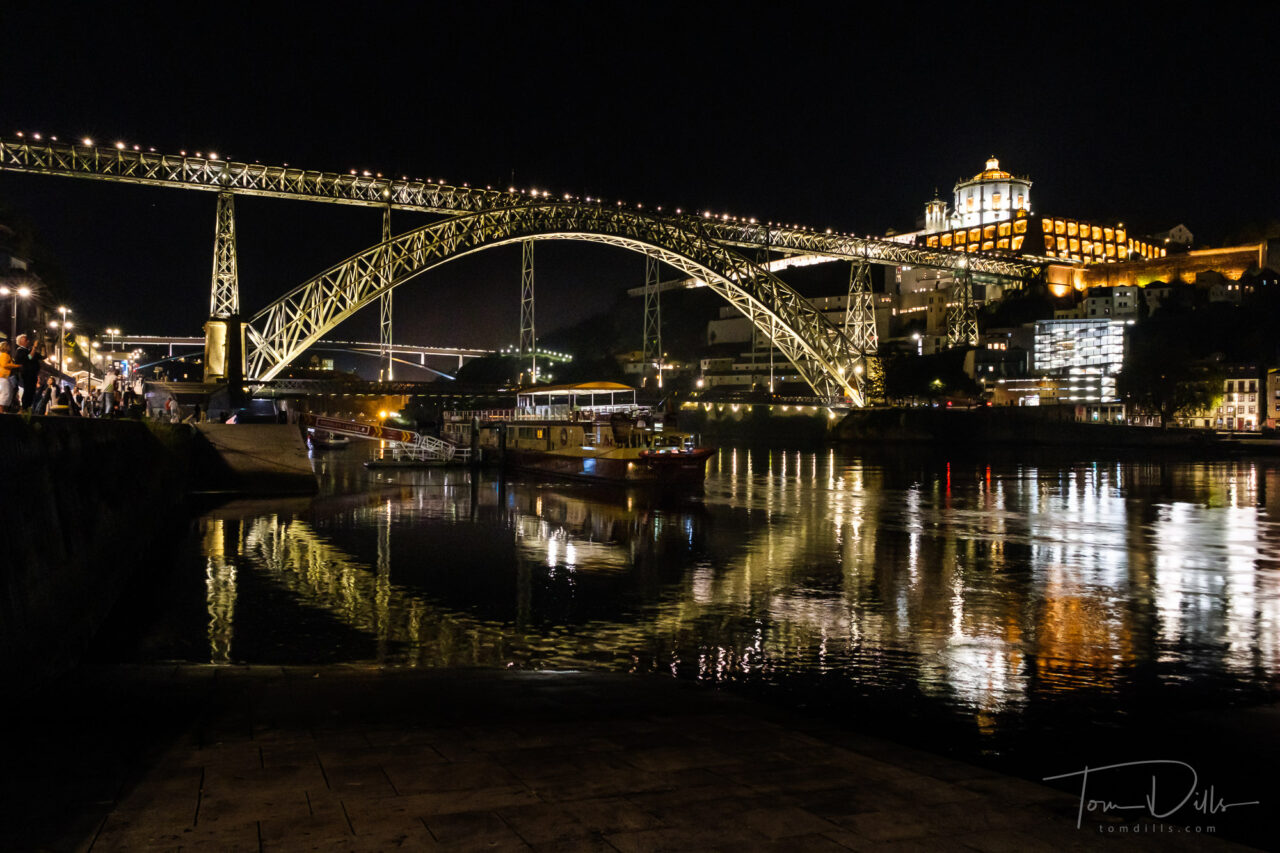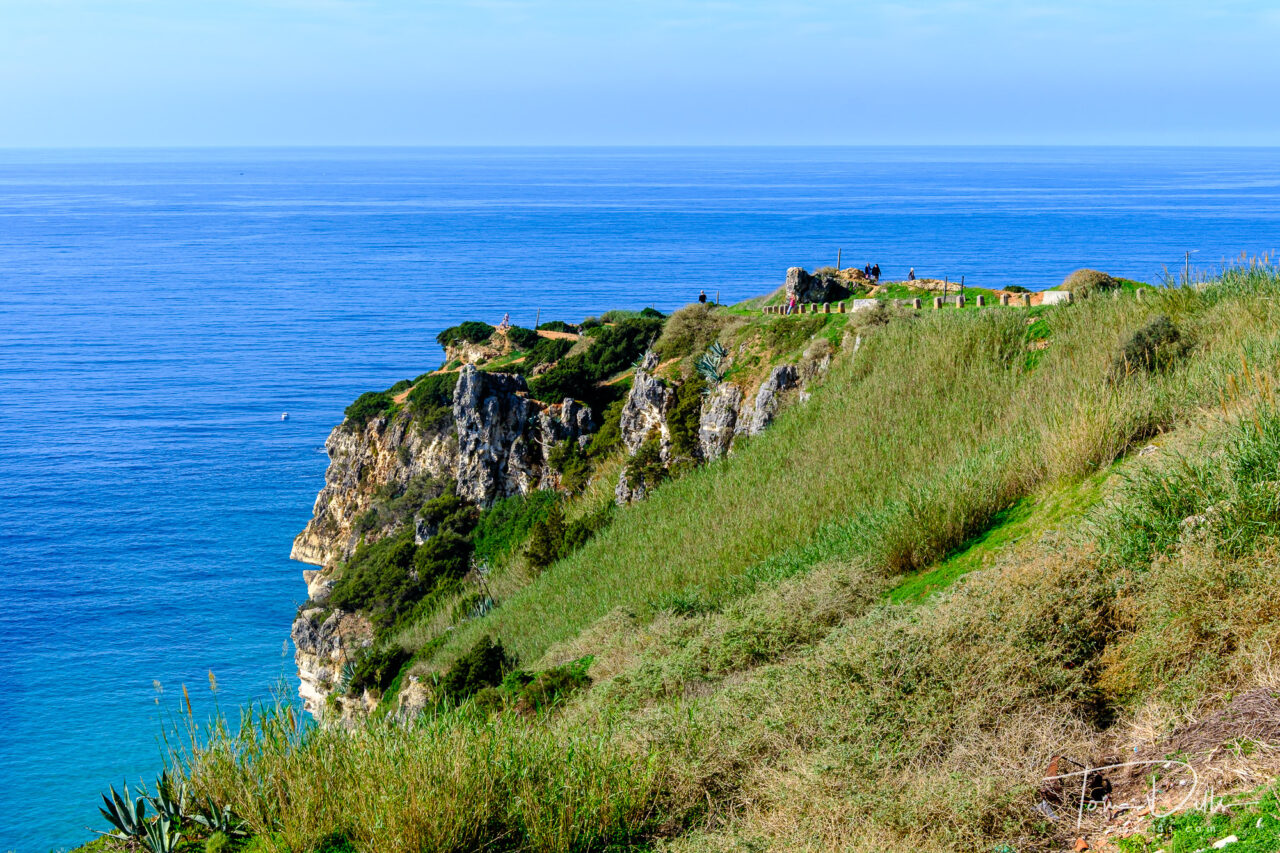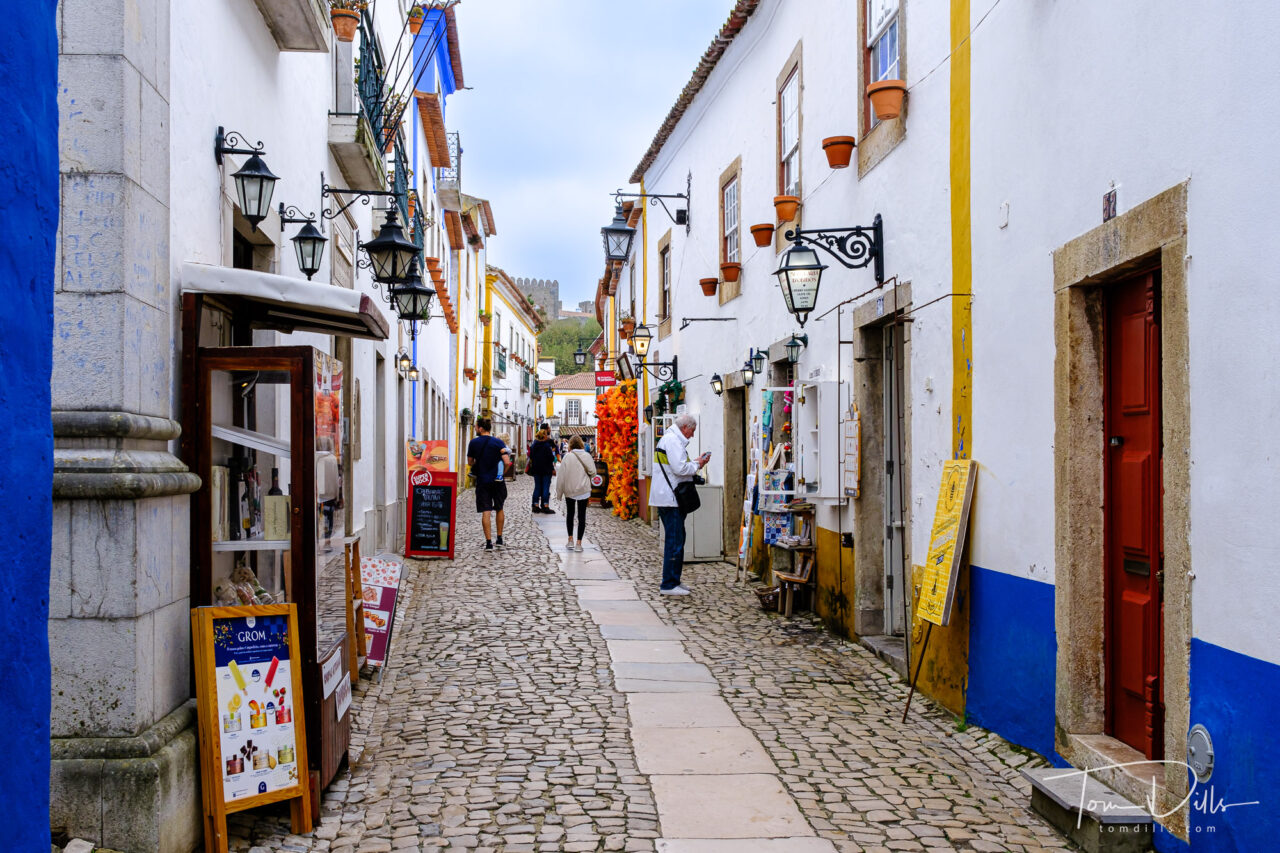
Fado is a traditional genre of Portuguese music known for its expressive and melancholic character, often reflecting themes of longing and the hardships of everyday life. It originated in the early 19th century in Lisbon and is typically performed by a solo singer accompanied by guitars.
We experienced a Fado show at a venue in Lisbon called Fado In Chiado, so named because it is located in the Chiado neighborhood.

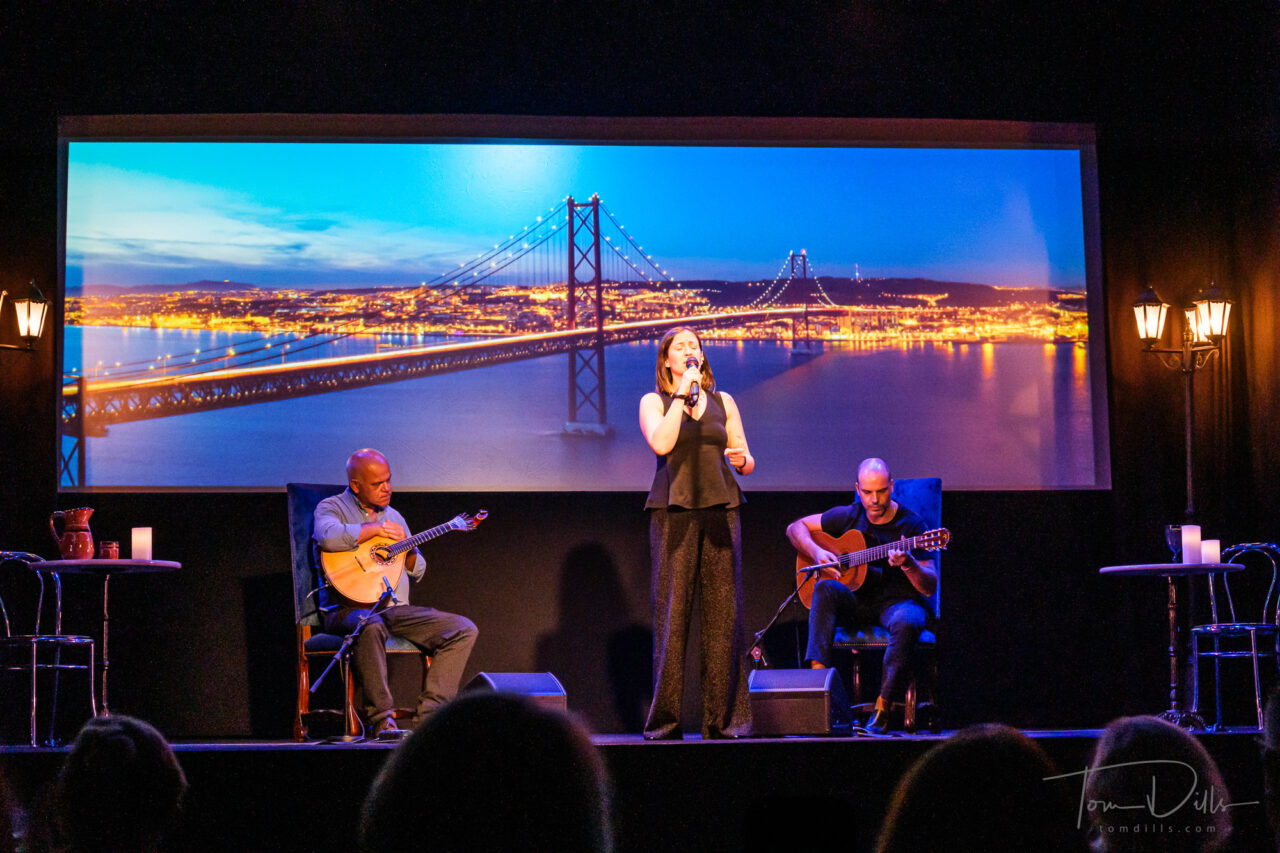
In my review I wrote: “I’m no expert on Fado, but our experience at Fado In Chiado was excellent. The venue is very intimate and provides good viewing and the acoustics ensure good listening. There was just enough English narration that we were able to follow along with the stories. It was recommended to us by friends and I would certainly recommend it to anyone looking to experience Fado.”
